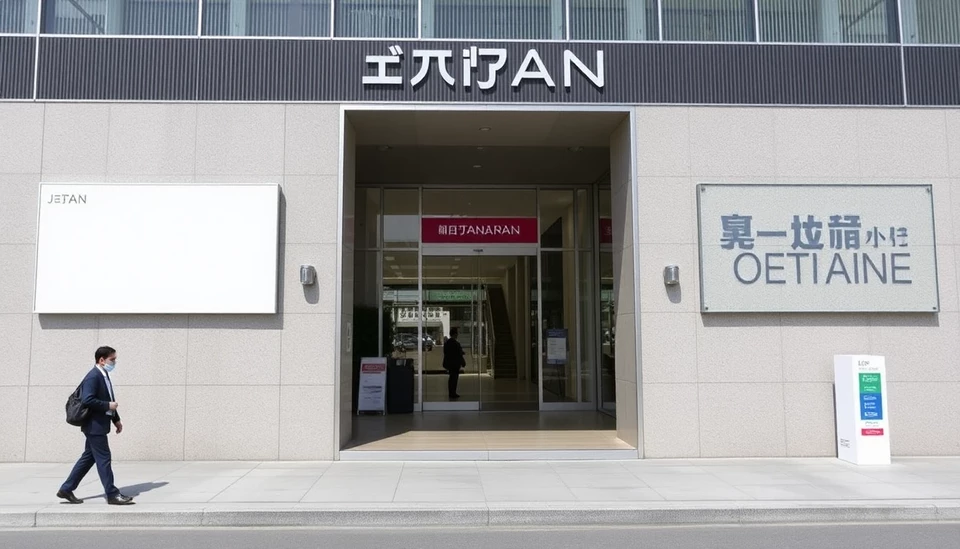
In a significant development within the Japanese banking landscape, two regional banks, the Kanto Bank and the Shikoku Bank, have announced plans to merge, marking a continued trend of consolidation among financial institutions in Japan. This decision is seen as a response to the challenging economic environment that has pressured smaller banks to seek efficiencies and strengthen their competitive position.
The merger, which is slated to be finalized by 2026, aims to create a powerhouse within the region that can offer enhanced services and a broader range of financial products. Both banks have expressed optimism regarding the benefits of this alliance, asserting that it will bolster their capabilities and provide greater financial stability amid an industry landscape that is increasingly leaning towards consolidation.
The regional banking sector in Japan has faced numerous challenges over the past several years, with dwindling profits and an ongoing interest rate policy that has made it difficult for banks to achieve meaningful returns on their investments. These economic pressures, coupled with an aging population and reduced demand for loans, have prompted many smaller banks to consider mergers as a viable strategy for survival.
Officials from both banks have highlighted the potential synergies that will arise from the merger. By pooling resources and expertise, the newly formed entity will be better positioned to invest in technology and innovation, which are crucial for attracting and retaining customers in a digital age. Furthermore, this partnership will enable both banks to streamline their operations, reducing costs and increasing efficiency.
Market analysts have noted that this merger is part of a broader trend of consolidation in the Japanese banking sector, where the number of regional banks has been steadily declining. As smaller institutions merge or acquire one another, the landscape is shifting towards larger, more resilient financial entities that can adapt to the demands of current and future banking environments.
In reaction to this announcement, stakeholders across the financial sector have expressed mixed feelings. Some view this merger as a necessary step towards building stronger regional banks that can compete on a national level, while others are concerned about the potential loss of localized banking services and the personal connection between local lenders and their communities.
As the merger process unfolds, both the Kanto Bank and the Shikoku Bank are expected to focus on maintaining their core customer bases while integrating their services. This may involve adjusting business strategies to cater to a wider audience while preserving the unique qualities that each bank has cultivated over the years. Updates on the merger's progression will be closely watched by industry experts and consumers alike.
This development comes at a time when Japan’s financial industry is undergoing transformative changes aimed at increasing competitiveness in a globalized market. As more regional banks begin to explore similar paths of consolidation, the future landscape of banking in Japan is likely to look very different than it does today.
Overall, the collaboration between these two banks is a clear indication of the shifting dynamics within the financial sector in Japan, as institutions adapt to economic pressures and consumer demands in order to remain relevant and sustainable.
#JapanBanking #Consolidation #KantoBank #ShikokuBank #RegionalBanks #FinanceNews
Author: John Harris
